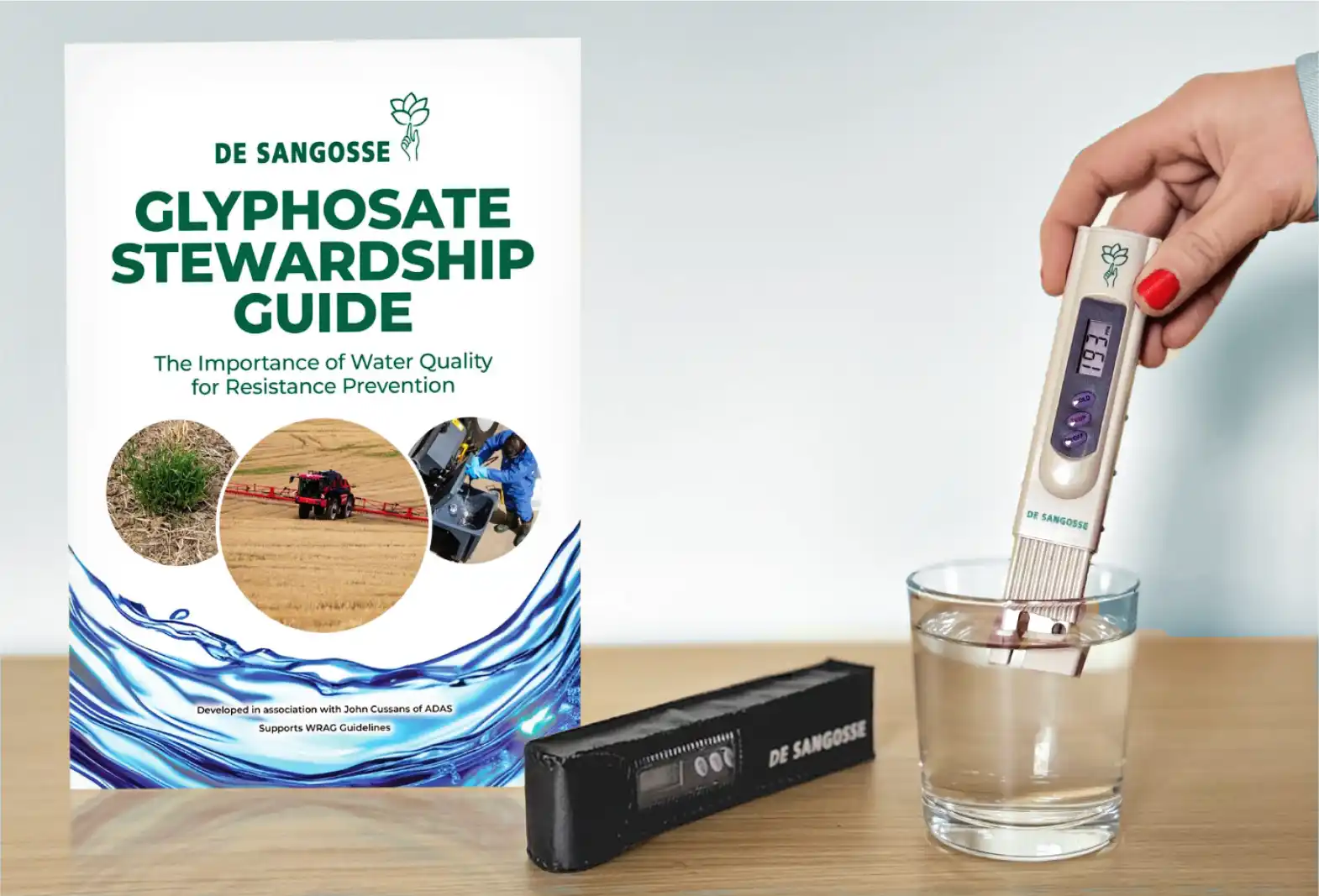The Problem? Most Don’t Know What They’re Spraying Into
We asked farmers about their water:
- Only 19% said they knew their water was hard
- Just 4% knew the actual ppm calcium carbonate
- 59% said they use a water conditioner with their glyphosate
- But 30% still don’t use any conditioner at all
- Interestingly, 46% said they do use a water conditioner with herbicides other than glyphosate
This shows there is growing awareness, but also significant gaps – especially when it comes to knowing how hard water really is.





